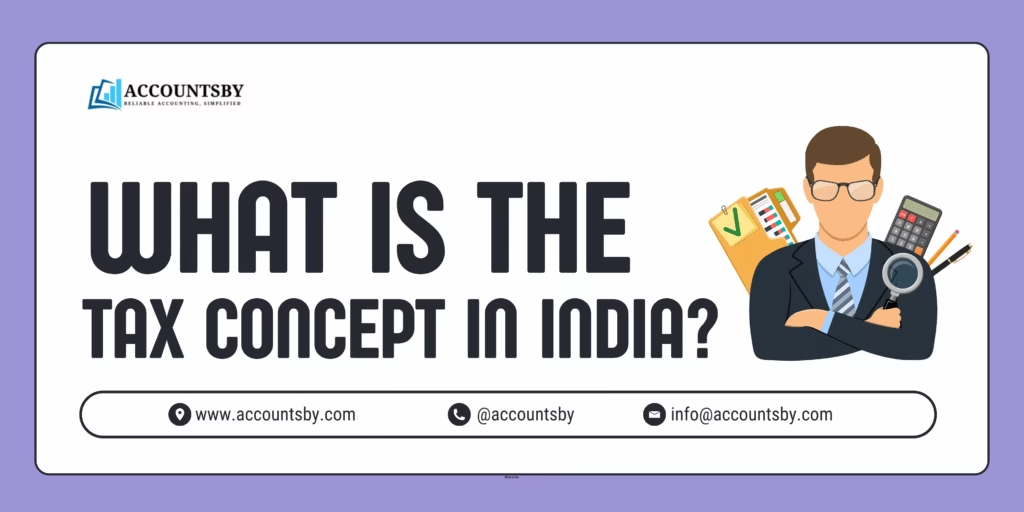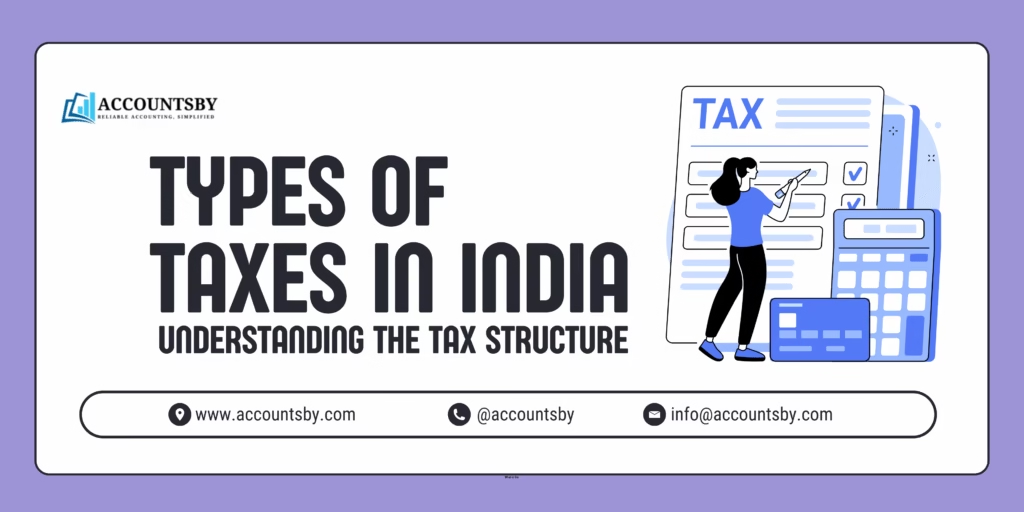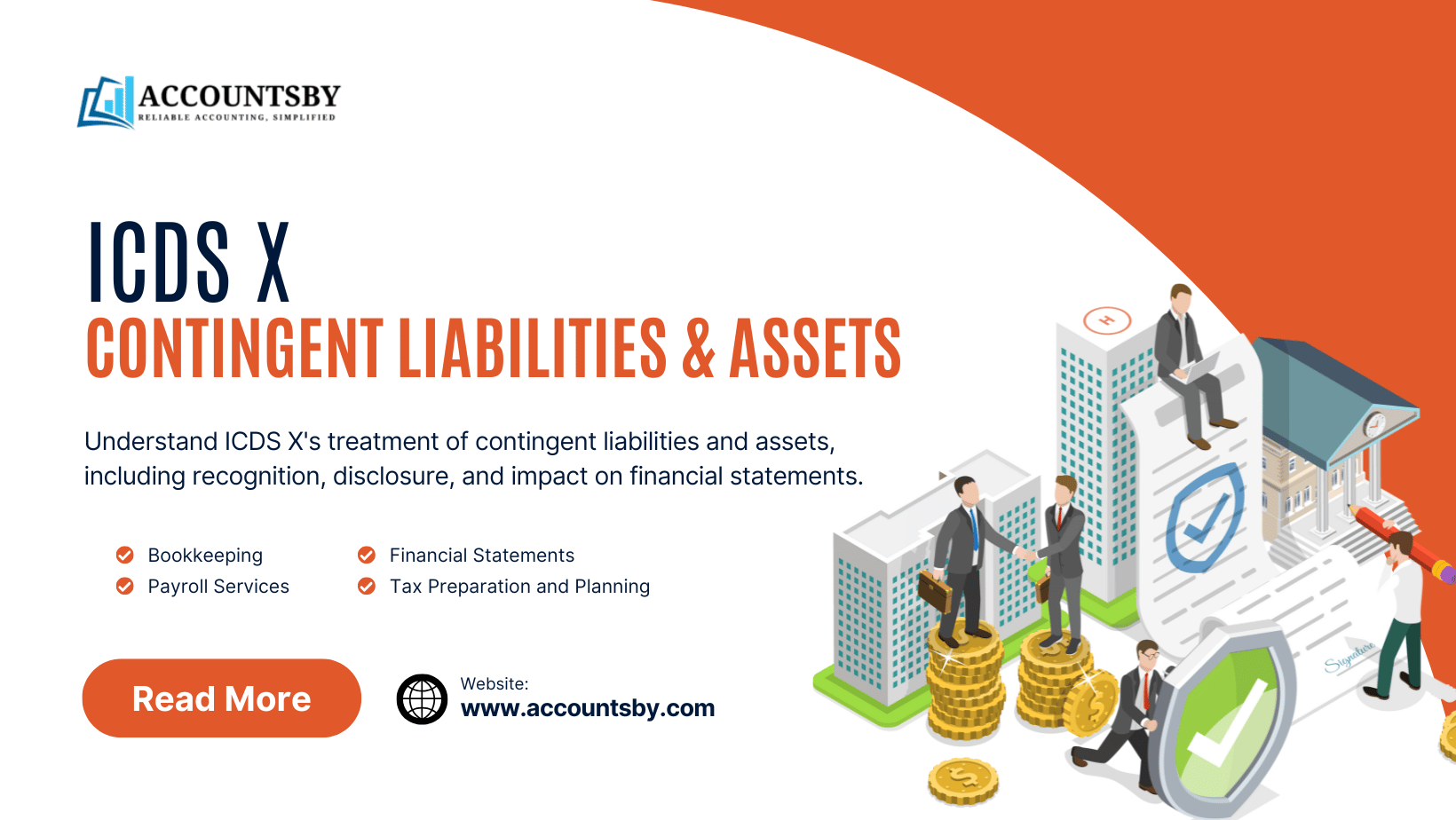Every citizen, businessperson and investor in India should have an understanding of the tax concept. Understanding tax is important as tax is much more than just revenue for the government. Tax is a means of Socio-economic development, public welfare and redistribution of wealth. Thus, India has a rather vast and complex tax system omni busing direct and indirect taxes in light of its federal structure. This article seeks to explore the concept of tax in India, types of taxes, tax planning and tax compliance.
What is the Tax Concept in India?

The tax concept in India defines the legal duty of citizens and entities to contribute towards the common good of the public by providing a part of their income or expenditure to the state in a taxation process. The taxation process is a means for the government to finance public services in the areas of education, healthcare, infrastructure, defense.
India has a dual taxation structure where the Central and State Governments have the power to levy, impose and collect taxes.
Each tax falls into two broad categories:
- Direct Taxes- These are taxes which are levied directly on income and wealth.
- Indirect Taxes- These are taxes that are imposed on the goods and services that taxpayers consume and are therefore paying as the user (the end consumer) of the goods and services.
In order to fully understand the tax concept in India, it involves the tax structure, tax types, tax authorities, and the significant function taxes have in nation-building.
Also Read: Income Tax Login: How to Access the Income Tax Portal, E-filing, and Return Filing
Types of Taxes in India – Understanding the Tax Structure

When discussing the tax concept in India, an important element comes up: How many types of taxes are in India? The Indian tax system can be described as the following, as there are generally two types of taxes:
1. Direct Taxes
These taxes are directly levied on individuals and/or organizations. The taxpayer pays these taxes directly to the government.
Examples:
- Income Tax- paid by individuals and entities according to their level of income.
- Corporate Tax – Applicable to companies on their net profits.
- Capital Gains Tax- Tax on the gain received after selling capital assets.
- Securities Transaction Tax (STT)- Tax on selling and buying of securities.
2. Indirect Taxes
Taxes which are based on goods and services. The intermediary/payee (business) collects indirect taxes and transfers them to the relevant government.
Examples:
- Goods and Services Tax (GST)– a single indirect tax replacing the multiple indirect taxes such as VAT, service tax, and excise duty.
- Customs Duty – tax charged on imports and exports.
- Stamp Duty – tax charged on transfer of property and stamping documentation.
So, in answer to how many types of taxes in India: there are two main types of taxes which also have multiple sub-types of taxes for each of the direct and indirect taxes.
Key Elements of the Tax Concept and Management in India
Tax Governance Framework
There are various organizations that administer the tax in India:
- CBDT (Central Board of Direct Taxes)- administers direct taxes like Income Tax and Corporate Tax.
- CBIC (Central Board of Indirect Taxes and Customs)- administers GST, Customs, and other indirect taxes.
- State government – administers SGST, Stamp Duty, and property-related taxes.
Legal Framework
The tax concept and the framework for tax management in India is rooted in constitutional authority and legislation, such as:
- Income Tax Act, 1961
Governs the imposition, calculation, and collection of income tax on individuals and corporations. - Goods and Services Tax (GST) Act, 2017
Introduced a unified indirect tax structure replacing multiple state and central taxes. - Customs Act, 1962
Regulates the import and export duties and procedures at Indian borders.
These legislations define tax liabilities, compliance procedures, exemptions, and penalties, forming the legal backbone of the Indian taxation system.
Also Read: Section 194JB of the Income Tax Act: Comprehensive Guide on TDS for Business Trust Income
GST: A Reform in Tax Concept in the Indian Context
Goods and Services Tax (GST) was a reform in subsidy tax concept in the Indian context, where it entailed replacing multiple consumption of indirect taxes with a single mechanism. It was brought into law in 2017. GST is a multi-layered value-added tax on the consumption of goods and services.
Key Features:
- A single tax mechanism – Replaced VAT, service tax, and excise duties.
- Multi-stage supply – Tax at every supply stage.
- Dual GST Model – CGST (Central), SGST (State), IGST (Inter-State).
It made tax compliance simpler, more transparent, imposed less cascading, and financed an entirely different tax concept in India.
Income Tax- The Concept of Direct Taxes
Indeed, the Indian tax concept would be incomplete without considering income tax and the most important source of government revenue, and income tax applies to the income of individuals, firms, companies and other entities that exceed a certain level of income.
Key Aspects:
Progressive Structure: Higher incomes attract higher tax rates.
Sources of Taxable Income:
- Salaries
- Business or professional earnings
- Capital gains
- Income from other sources such as- interest, dividends
Exemptions & Deductions:
- Section 80C (Investments)
- Section 10 (Allowances)
- Standard Deduction (₹50,000 for salaried persons)
Proper calculating of income tax is a major part of the tax concept in India and a significant stage towards financial soundness.
Tax Planning and Compliance
No discussion on the tax concept in India is complete without tax planning. This involves organizing finances in a legal way to reduce tax liability.
Popular Options:
- Investments in tax-saving avenues (PPF, ELSS, NPS)
- Claim benefits in HRA, education loan payment, insurance premiums
- Handling capital gains through holding for long-term
Compliance involves:
- Income Tax Returns (ITR)
- Returns under GST for businesses
- Paying Advance and Self-assessment Tax on time
Understanding tax related laws and planning accordingly is crucial for individuals and businesses to avoid penalties and be aware of possible advantages – important steps in understanding the tax concept in India.
Tax Trends on the Horizon: Digital Economy & Crypto
With the rise of digital trading and cryptocurrency transactions, the tax concept in India is evolving with new sources of income.
- Income from Cryptocurrency is subject to a flat tax of 30% on income received and applicable under section 115BBH.
- Digital Services: e-commerce operators are subject to TCS, which is ‘Tax Collected at Source’.
- International Income: Double Taxation Avoidance Agreements (DTAA) dealing with fair taxation for NRIs and Multinational Companies.
The changes made reflect the extent to which the tax concept in India has been dynamic and tremendously responsive in the last few years.
Conclusion:
Taxation serves in India as much more than simply paying tuned amounts of money in respect of an obligation to the government. Taxation is a mechanism for national growth and development, as well as a device for personal financial discipline. When citizens appreciate what the concept of tax in India is about and recognize the various tax implications they have in the different contexts in which they find themselves, they will be able to make better decisions and comply with statutory obligations which will benefit the development of a stronger economy.
These days with India moving increasingly towards a digital and transparent economy, it is important to keep on top of what is happening in the tax regulatory environment. Regardless of whether you are an individual taxpayer or an operator of a business, understanding the notion of tax in India enables you to plan appropriately, save meticulously and file at the end without any undue stress.


